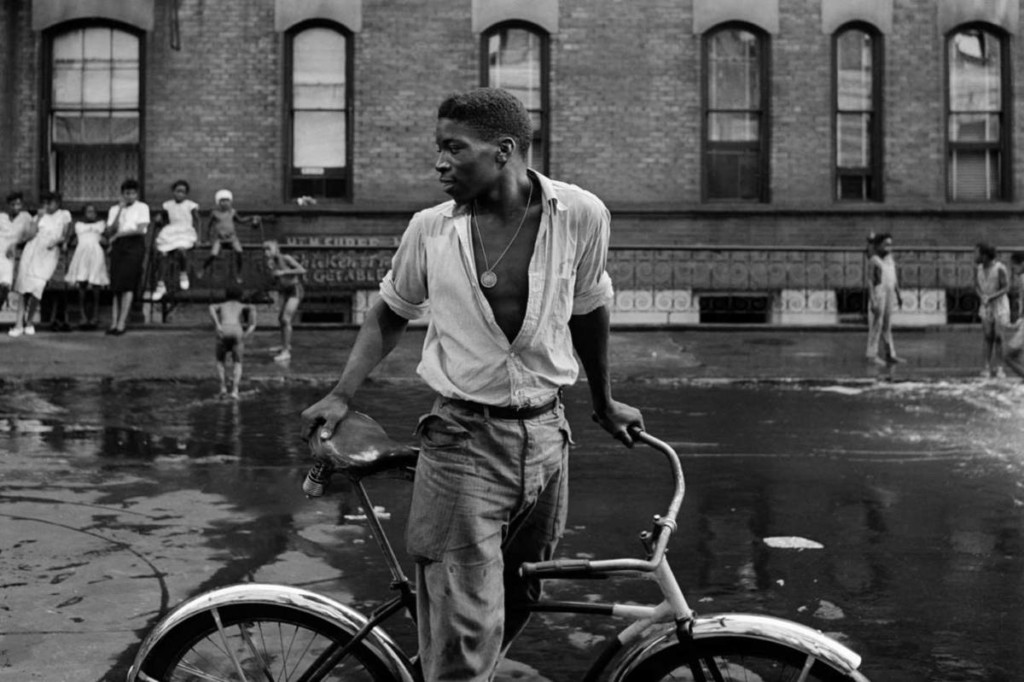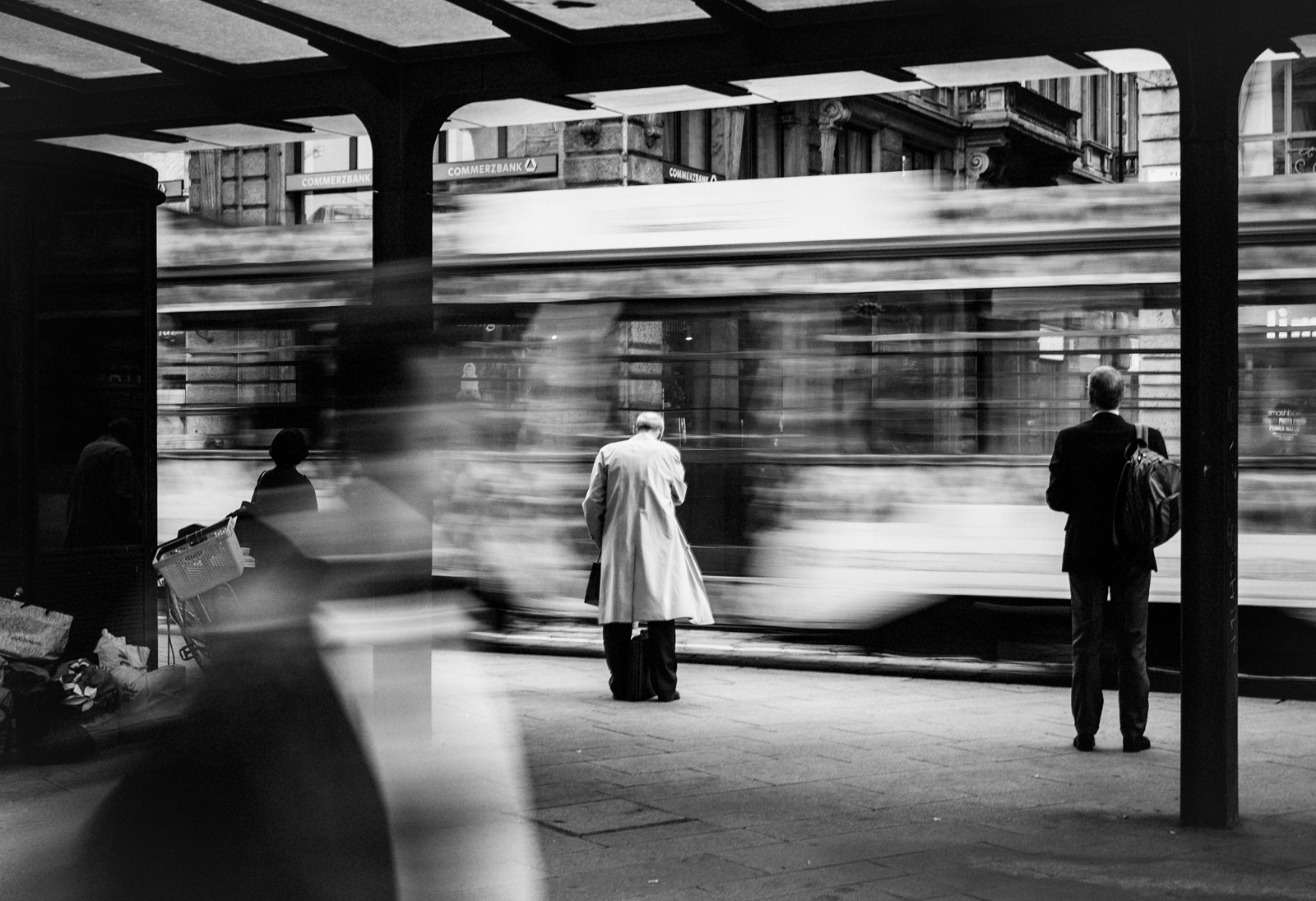Little Known Questions About Framing Streets.
Wiki Article
About Framing Streets
Table of ContentsAbout Framing StreetsFraming Streets Fundamentals ExplainedFraming Streets for BeginnersThe Main Principles Of Framing Streets Rumored Buzz on Framing StreetsThings about Framing Streets
, typically with the purpose of catching photos at a decisive or touching minute by careful framing and timing. https://www.viki.com/users/framingstreets1/about.
What Does Framing Streets Mean?
Susan Sontag, 1977 Road digital photography can concentrate on individuals and their actions in public. In this respect, the street photographer resembles social documentary professional photographers or photojournalists who additionally function in public locations, yet with the aim of catching relevant occasions. Any one of these professional photographers' photos might catch people and building noticeable within or from public locations, which usually involves browsing moral concerns and regulations of personal privacy, safety, and residential property.Depictions of day-to-day public life develop a genre in almost every duration of globe art, beginning in the pre-historic, Sumerian, Egyptian and early Buddhist art periods. Art taking care of the life of the street, whether within views of cityscapes, or as the leading motif, appears in the West in the canon of the Northern Renaissance, Baroque, Rococo, of Romanticism, Realistic look, Impressionism and Post-Impressionism.
6 Easy Facts About Framing Streets Shown
Louis Daguerre: "Blvd du Temple" (1838 or 1839) In 1838 or 1839 the initial photo of figures in the road was taped by Louis-Jacques-Mand Daguerre in one of a set of daguerreotype views drawn from his studio window of the Boulevard du Temple in Paris. The 2nd, made at the elevation of the day, reveals an uninhabited stretch of street, while the various other was taken at concerning 8:00 am, and as Beaumont Newhall records, "The Boulevard, so continuously full of a relocating bunch of pedestrians and carriages was completely singular, other than a person that was having his boots cleaned.His boots and legs were well defined, but he is without body or head, because these were in movement." Charles Ngre, waterseller Charles Ngre. https://celeste-canna-h2w00s.mystrikingly.com/blog/framing-streets-capturing-life-s-essence-through-street-photography was the very first professional photographer to attain the technological elegance required to sign up people in motion on the road in Paris in 1851. Digital Photographer John Thomson, a Scotsman collaborating with journalist and social activist Adolphe Smith, published Street Life in London in twelve monthly installments starting in February 1877
What Does Framing Streets Mean?
Eugene Atget is considered as a progenitor, not because he was the first of his kind, yet as a result of the popularisation in the late 1920s of his document read of Parisian streets by Berenice Abbott, that was motivated to carry out a similar documentation of New York City. [] As the city developed, Atget aided to promote Parisian roads as a deserving topic for digital photography.
The Facts About Framing Streets Revealed
Martin is the initial tape-recorded professional photographer to do so in London with a disguised cam. Mass-Observation was a social research study organisation established in 1937 which aimed to tape everyday life in Britain and to tape the responses of the 'man-in-the-street' to King Edward VIII's abdication in 1936 to wed separation Wallis Simpson, and the sequence of George VI. The principal Mass-Observationists were anthropologist Tom Harrisson in Bolton and poet Charles Madge in London, and their initial report was produced as the publication "May the Twelfth: Mass-Observation Day-Surveys 1937 by over two hundred observers" [] Home window cleaner at Kottbusser Tor, Berlin, by Elsa Thiemann c. 1946 The post-war French Humanist Institution professional photographers located their topics on the road or in the diner. Andre Kertesz.'s widely appreciated Images la Sauvette (1952) (the English-language version was entitled The Decisive Moment) advertised the idea of taking a photo at what he labelled the "decisive moment"; "when type and web content, vision and make-up merged into a transcendent whole" - Street photography hashtags.Fascination About Framing Streets
The recording maker was 'a covert electronic camera', a 35 mm Contax hidden below his coat, that was 'strapped to the chest and connected to a lengthy wire strung down the ideal sleeve'. Nonetheless, his work had little modern influence as due to Evans' sensitivities about the creativity of his task and the privacy of his subjects, it was not released until 1966, in the book Several Are Called, with an intro composed by James Agee in 1940.Helen Levitt, then an instructor of young kids, related to Evans in 193839. She documented the temporal chalk drawings - Lightroom presets that became part of youngsters's road society in New York at the time, along with the kids who made them. In July 1939, Mo, MA's brand-new photography section consisted of Levitt's operate in its inaugural exhibitionRobert Frank's 1958 book,, was considerable; raw and often indistinct, Frank's pictures examined conventional digital photography of the moment, "challenged all the formal policies set by Henri Cartier-Bresson and Walker Evans" and "flew in the face of the wholesome pictorialism and wholehearted photojournalism of American magazines like LIFE and Time".
Report this wiki page